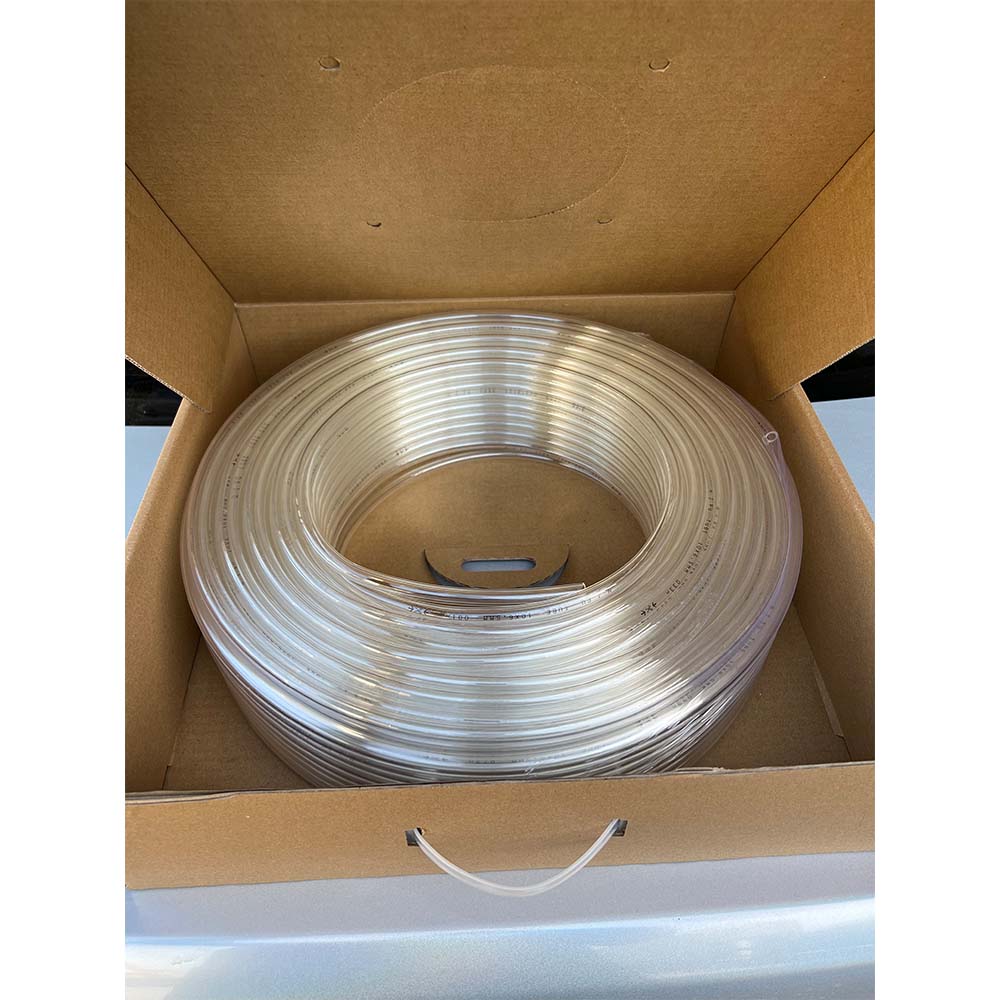oxygen & acetylene hose
Understanding Oxygen and Acetylene Hoses A Comprehensive Guide
Welding and cutting metals effectively requires the correct equipment and safety measures. Among the various tools involved in these processes, oxygen and acetylene hoses are crucial components of oxy-fuel systems. These hoses transport the essential gases that facilitate cutting and welding operations, and it’s vital to understand their characteristics, specifications, and safety practices.
What Are Oxygen and Acetylene Hoses?
Oxygen and acetylene hoses are designed specifically to carry oxygen and acetylene gas, which are used in conjunction for welding and cutting applications. Oxygen supports the combustion process, while acetylene serves as the fuel. These hoses are typically color-coded for safety the oxygen hose is usually green, whereas the acetylene hose is red. This color-coding is critical to prevent confusion during setup and operation.
Both types of hoses are constructed from different materials to withstand their respective pressures and chemical properties. For example, the oxygen hoses are often made from synthetic rubber, while acetylene hoses usually require a more robust material due to the nature of acetylene gas, which can dissolve in rubber.
Specifications and Standards
Hoses used in oxy-acetylene applications must meet stringent industry standards to ensure safety and efficiency. In the United States, the American National Standards Institute (ANSI) and the Compressed Gas Association (CGA) provide guidelines that dictate the materials, testing, and performance criteria for these hoses.
Typically, oxygen hoses are rated to handle higher pressures than acetylene hoses. While acetylene is used at pressures not exceeding 15 psi, oxygen hoses can withstand pressures of 200 psi or more. This discrepancy is essential when setting up your welding or cutting equipment to ensure each gas operates effectively and safely.
Selecting the Right Hose
When purchasing oxygen and acetylene hoses, it’s crucial to ensure that they are appropriately sized for your intended applications. Common sizes range from 1/4 inch to 3/8 inch in diameter. The choice of size impacts the flow rate of gases and must be matched to the requirements of the torch being used.
Additionally, consider the length of the hoses. Longer hoses may be beneficial for maneuverability but may also result in reduced pressure at the torch end. Always choose hoses that are long enough to reach your workspace comfortably while ensuring they are not excessively long, which can hinder performance.
oxygen & acetylene hose

Safety Precautions
Working with oxygen and acetylene involves significant risks if proper safety measures aren’t adhered to. Here are several vital safety protocols
1. Regular Inspection Check hoses for any signs of wear, cracks, or leaks before each use. Old or damaged hoses should be replaced immediately.
2. Proper Storage Store hoses in a cool, dry place away from direct sunlight and chemicals that could degrade them.
3. Avoid Mixing Never use oxygen hoses for fuel gasses and vice versa. Mixing the hoses can lead to dangerous situations, including explosions.
4. Proper Connections Ensure all connections to the regulators and torches are snug and leak-free. A gas leak can be a severe safety hazard.
5. Use Flashback Arrestors These devices prevent flames from traveling back into the hoses and can help avert accidents.
6. Know the Emergency Procedures Familiarize yourself with the appropriate emergency procedures in case of a fire or gas leak.
Conclusion
In summary, oxygen and acetylene hoses are vital tools in welding and cutting operations, requiring careful attention to selection, maintenance, and safety practices. Understanding the specific characteristics and safety requirements of these hoses will not only ensure effective performance but also promote a safer working environment. By adhering to established standards and regulations, users can confidently engage in their welding projects while minimizing the risks associated with these potent gases. Whether in a professional workshop or a DIY project, the importance of quality equipment and safety cannot be overstated.
-
Unrivaled Performance and Applications of PU Pneumatic Hoses and TubesNewsJun.11,2025
-
The Transparent World of Industrial Tubing and Hosing SolutionsNewsJun.11,2025
-
The Intricate World of Pneumatic Conduits: Tubes and HosesNewsJun.11,2025
-
The Dynamic Landscape of Pneumatic Conduits: Unraveling Key ComponentsNewsJun.11,2025
-
The Diverse Applications and Significance of Transparent PVC TubingNewsJun.11,2025
-
High - Pressure Pneumatic Tubing and Systems: An In - Depth LookNewsJun.11,2025














